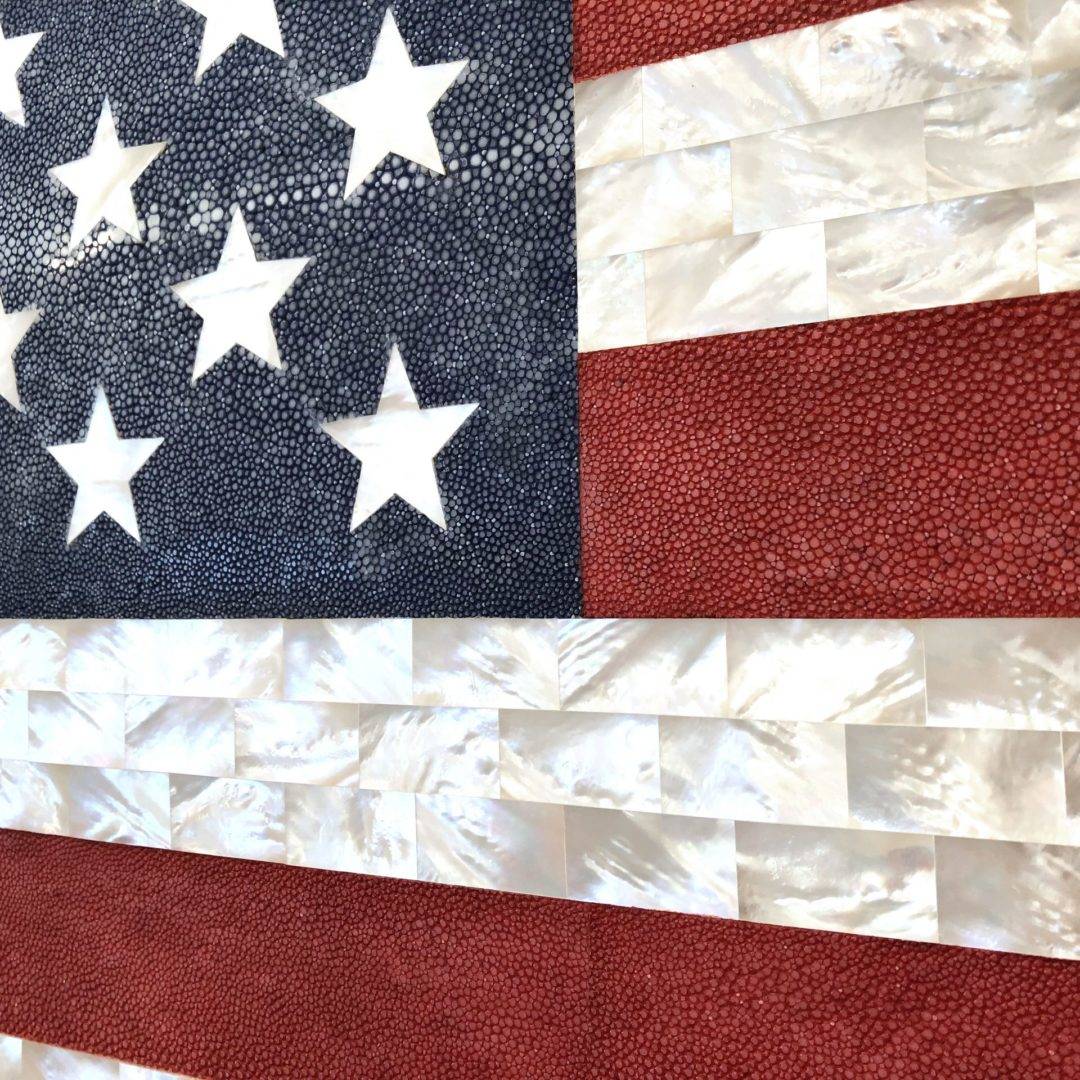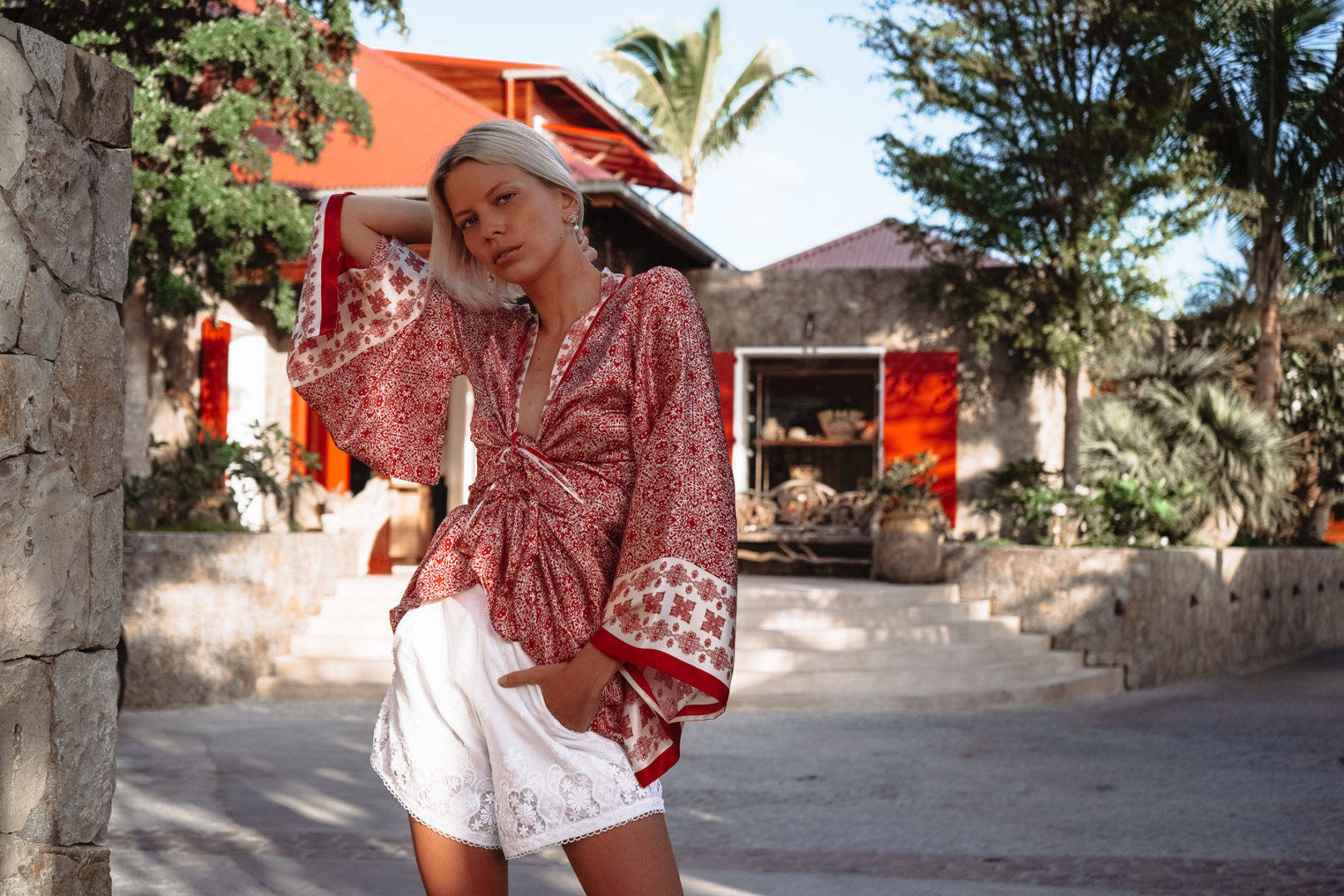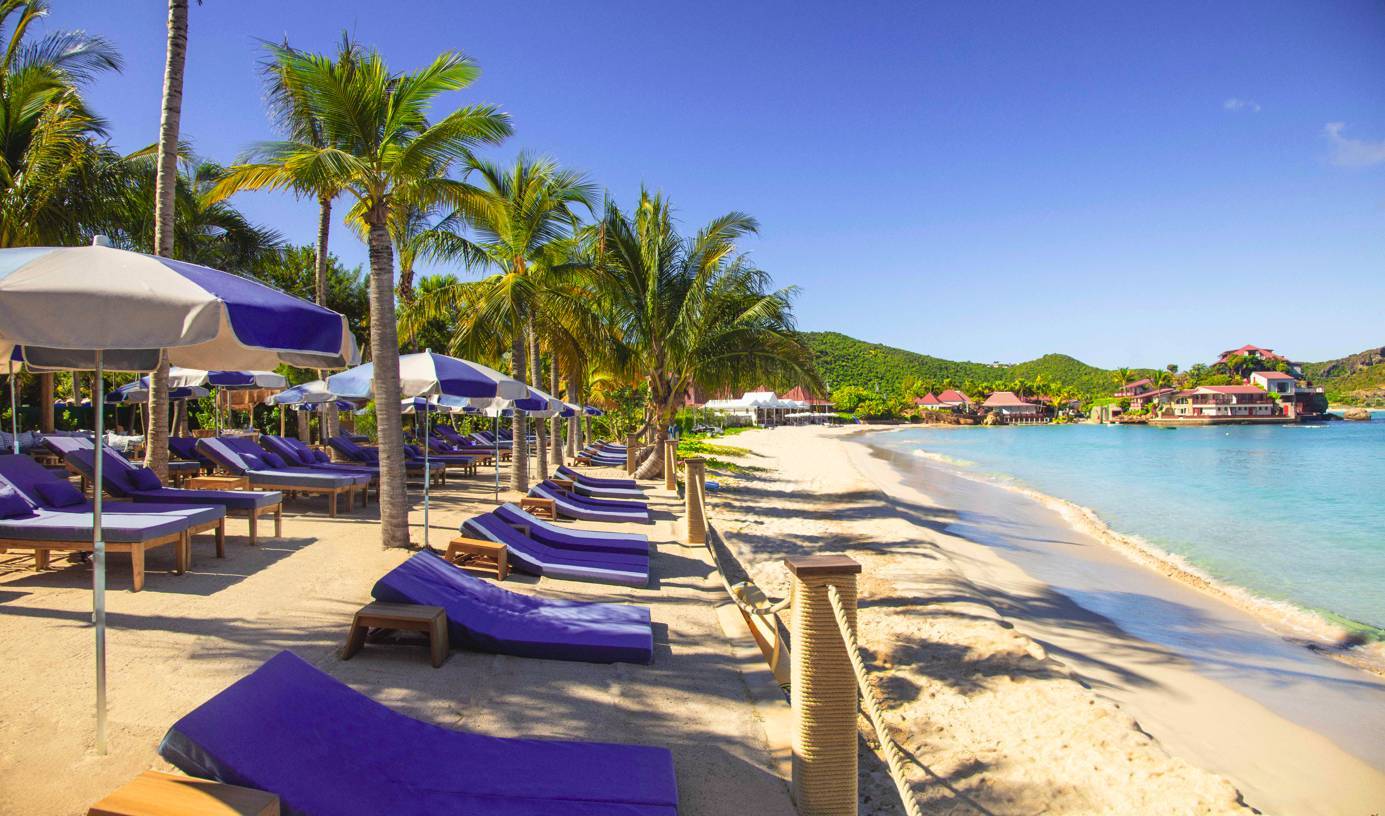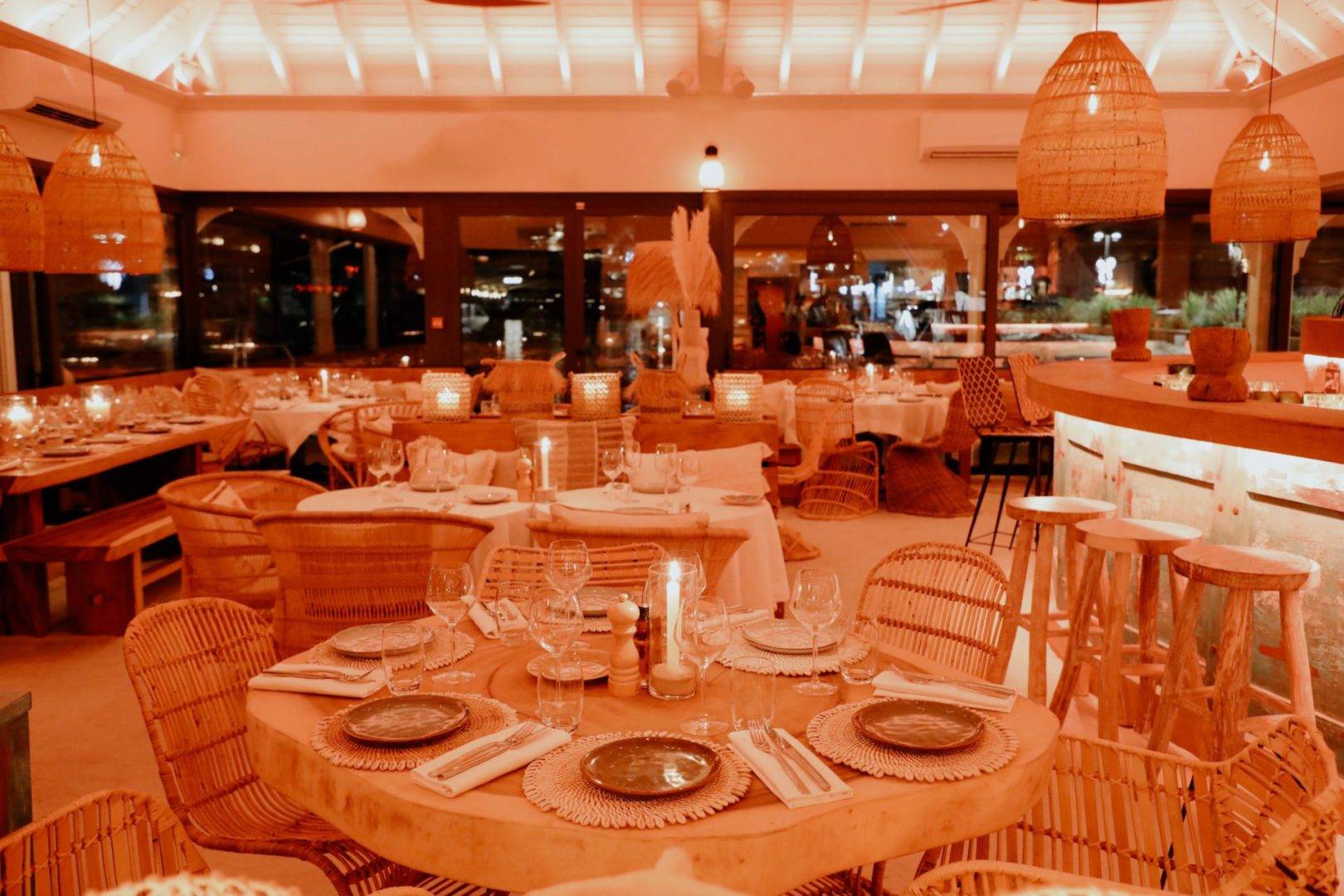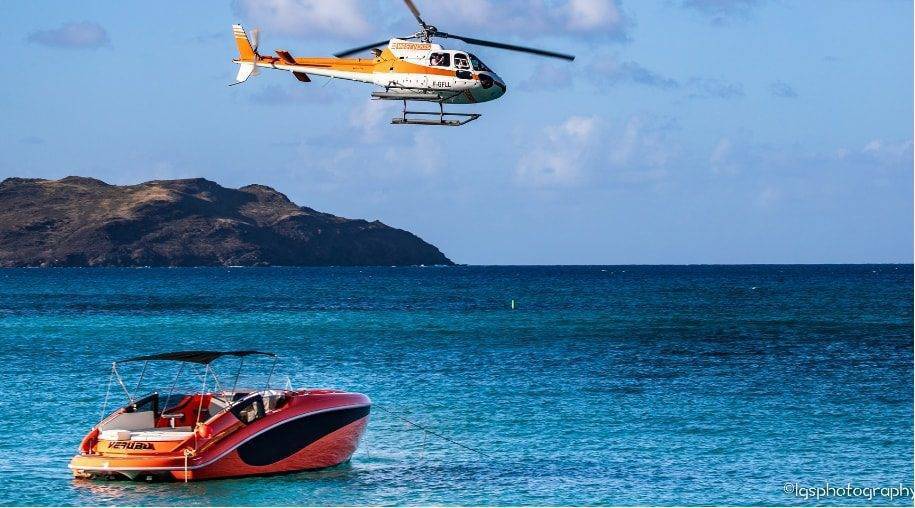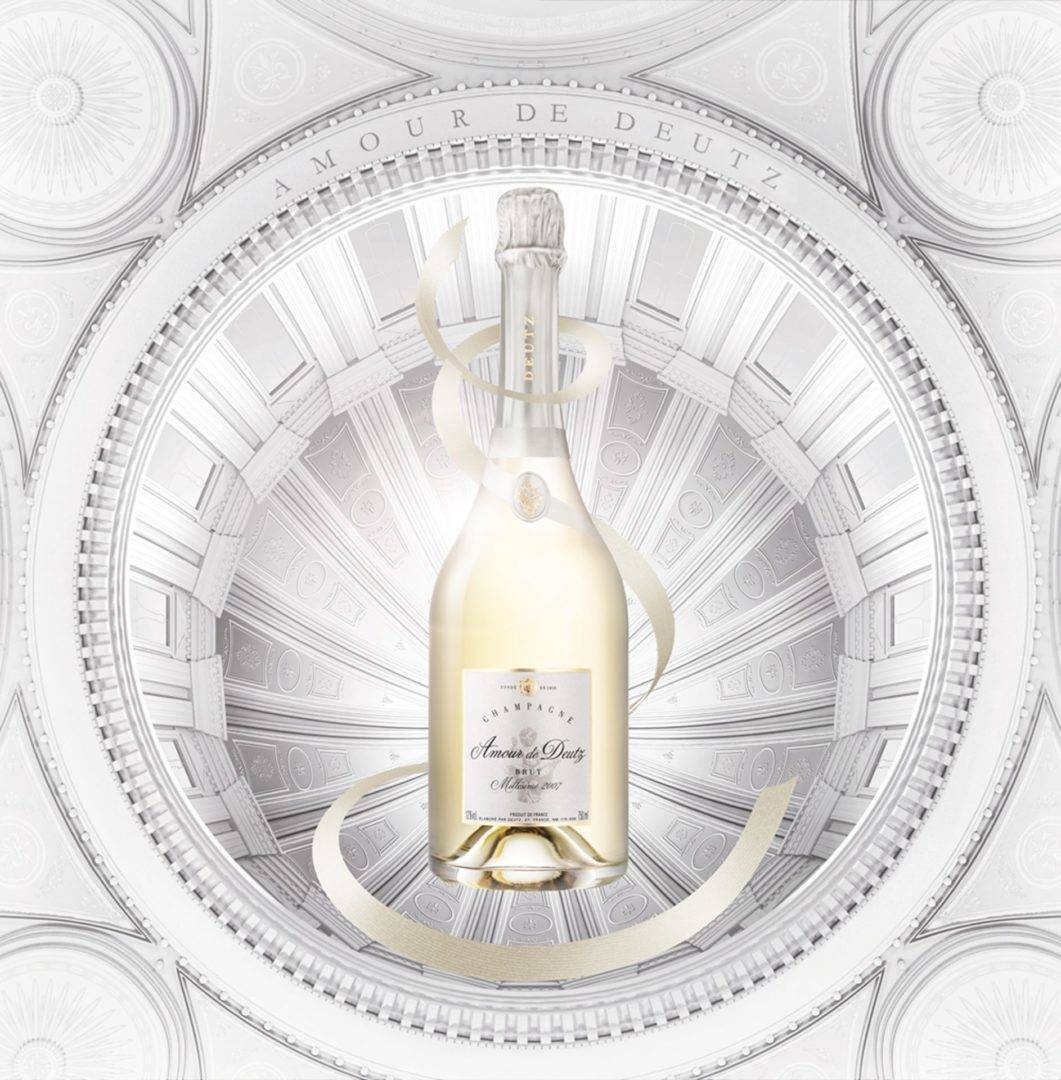Area/Population
Located over 5,000 miles from Paris and 1,500 miles from New York, St Barthélemy—or Saint Barth for those in the know—is located at 17°55” North and 62°50” West, to the south of the island of St Martin.
Just nine square miles (25 sq km), the island might seem miniscule, but its varied topography with numerous hills and valleys, as well as its unique lifestyle, give it a surprising and seductive charm. The most recent census in 2007 recorded 8,398 habitants, or 335 inhabitants per square kilometer.
Regarded as one of the oldest volcanic islands in the Lesser Antilles chain, Saint Barth is just as mysterious as its rugged landscape surrounded by beaches of soft white sand.
Agriculture was never possible due to dry, rocky soil, yet there is an abundance of typically tropical vegetation as well as fauna: iguanas, sea and land turtles, birds such as the pelican—mascot of the island—or the little hummingbirds that gather nectar from flowers in the gardens.
Climate/Seasons
The island enjoys a tropical maritime climate. The air temperature varies between 80°F in winter and 86°F in summer, with highs of 89/91°F in July/August.
The water temperature, rarely below 78°F, can be has high as 84.2°F during the summer months.
As is typical of tropical climes, the year in St Barth is divided into two periods, known in French as “Carême” and “Hivernage.”
The period of “Carême” runs from December 1 to May 30, with cooler air and lower temperatures. This is followed by “Hivernage,” a warmer period from June 1 through November 30, which includes the hurricane season.
Languages
The official language of the island is French, but English is also widely spoken. Certain local dialects are still in use, such as the patois heard on the leeward side of the island, and Creole, as spoken on the windward side.
Currency
The euro is the official currency of Saint Barth but US dollars are accepted almost everyplace. In Gustavia, in addition to the banks, there is a change bureau for exchanging international currency.
Time Zone/Time Difference
St Barthélemy is in the Atlantic Standard Time Zone, GMT-4.
Metropolitan France is +6 hours in the summer and +5 hours in the winter
The United States (East Coast) is- 1 hour in the winter and the same time during the summer
Russia is + 8 hours
Telephone
To call Saint Barth from France, one simply has to dial the six-digit number
To call Saint Barth from the USA, dial:
011 590 590 plus the six-digit number
011 590 690 plus the six-digit number for a cell phone
To call the USA from Saint Barth, dial 001+ area code + the phone number
Electricity
Voltage is 220 volts and 60 Hz on the entire island;
Most of the hotels and villas have 220V/110V transformers.
Drinking Water
With no rivers or natural sources on the island, the only source of fresh water was rain collected in cisterns until Saint Barth built its desalination plant.
Water is a precious commodity and should be used in moderation, without wasting a drop.
To Get To Saint Barth
Passports
Citizens of the European Union should present a valid passport of identity card. Citizens of the United States must present a valid passport. Foreigners who have a Schengen visa are obliged to also get a DOM visa extension from the French embassy or consulate the closest to their home. This visa is required for upon arrival as well as certain obligatory documents (return ticket, proof of hotel or villa, etc.).
Other foreigners should contact the French Embassy closest to their home in order to ascertain the entry conditions for the island (French Overseas Collectivity).
Please note: If you plan to visit any other islands during your stay in Saint Barth, a passport is required.
Transport
Since the runway is too short for large aircraft or jets, many international flights land at Princess Juliana Airport on the neighboring island of Sint Maarten. To get to Saint Barth from there, several local airlines fly back and forth daily. There are also charter boats and planes, and fights via San Juan, Puerto Rico.
Nature
The Marine Park of St Barthélemy was created in 1996 by ministerial decree, as part of the French network of “réserves naturelles,” and is now part of the island’s Territorial Environmental Agency. Its goal is the protection of the marine environment in five zones located around the island, and more precisely areas where there are coral reefs and underwater plant beds.
Moorings are installed in the bays of Colombier and Fourchue, and their usage is controlled by regulations set by the prefecture. The regulations outline the conditions for using the moorings (traction, tonnage, and maximum length of boats that can moor there). It is forbidden for boats to stay in the bays of Colombier and Fourchue on a permanent basis, and any boat anchored or moored for more than seven days is considered permanent. For additional information: [email protected]

